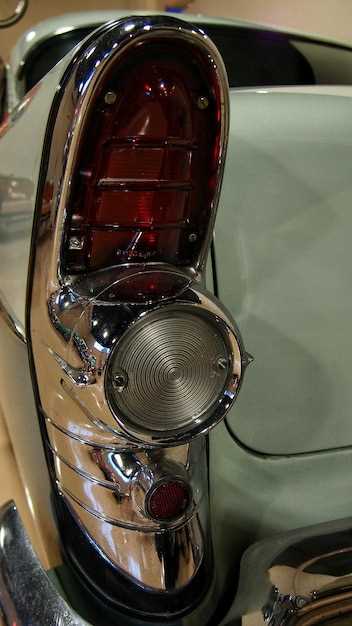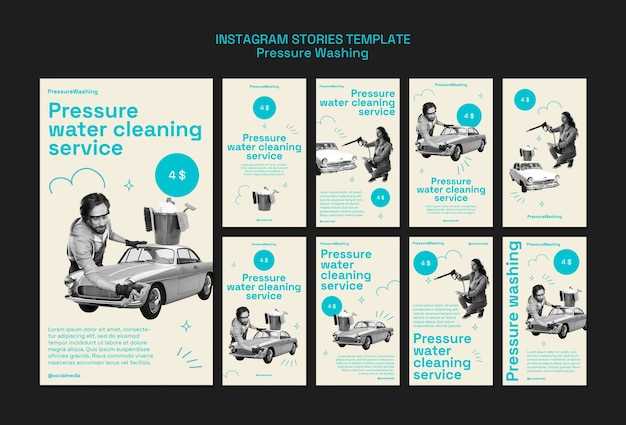How to Blend Modern Tech with Vintage Cars

The allure of vintage cars has endured through generations, captivating enthusiasts with their timeless designs and rich histories. However, the automotive world is rapidly evolving, with modern tech increasingly influencing how we experience driving. This intersection of classic aesthetics and innovative technology presents a unique opportunity to enhance the functionality and performance of vintage vehicles while preserving their original charm.
Integrating modern technologies into vintage cars can address common issues faced by classic vehicle owners, such as reliability and efficiency. From advanced engine management systems to contemporary infotainment options, these upgrades can transform the driving experience without compromising the car’s authentic character. Innovations like efficient fuel injection systems, GPS navigation, and even hybrid electric conversions are just a few examples of how tech can revitalize these classic machines.
Moreover, the blending of old and new does not only enhance performance. It also opens up avenues for customization that were previously unimaginable. Modern advancements in materials and fabrication techniques allow for bespoke modifications that can cater to the individual tastes of car enthusiasts. As a result, each vintage vehicle can tell its own unique story, one that marries history with the excitement of cutting-edge technology.
Integrating Electric Drivetrains into Classic Cars
The integration of electric drivetrains into vintage cars marks a significant shift in automotive innovation, blending the charm of classic designs with modern technology. Converting a traditional combustion engine to an electric drivetrain not only enhances performance but also promotes sustainability in a world increasingly focused on reducing carbon footprints.
One of the primary benefits of retrofitting vintage vehicles with electric drivetrains is the reduction of emissions. This transition allows owners to preserve the aesthetics and heritage of their classic cars while aligning with current environmental standards. Electric motors provide instant torque, resulting in improved acceleration and driving experience compared to their gasoline counterparts.
The process typically involves removing the internal combustion engine and replacing it with an electric motor along with a battery pack. Advances in battery technology have made it possible to achieve respectable ranges and power outputs, ensuring that vintage cars remain practical for everyday use. Modern battery systems, such as lithium-ion configurations, can be discreetly fitted to maintain the car’s original appearance.
Moreover, integrating electric drivetrains into classic cars enhances reliability and requires less maintenance than traditional engines. With fewer moving parts, electric systems are generally more durable, allowing vintage car enthusiasts to enjoy their vehicles without the constant worry of engine troubles.
While the transformation from vintage to electric is indeed complex, working with specialists who understand both classic and modern engineering ensures a seamless upgrade. Customization options, such as regenerative braking and smart control systems, can further enrich the driving experience, merging nostalgia with innovation.
Ultimately, combining electric drivetrains with vintage cars opens new avenues for car enthusiasts, enabling them to celebrate the character of their vehicles while embracing the advantages of modern technology.
Upgrading Classic Car Interiors with Smart Technology

Integrating modern technology into vintage car interiors offers a unique opportunity to enhance both functionality and comfort while preserving the classic aesthetic. The fusion of smart devices with traditional elements creates an engaging driving experience, appealing to both enthusiasts and everyday users.
One of the most impactful upgrades involves retrofitting infotainment systems. These modern units often feature Bluetooth connectivity, allowing drivers to enjoy hands-free calls and streaming music from their devices while navigating the vintage dashboard. Such systems can be designed to blend seamlessly with the original look, ensuring that the car’s character remains intact.
Advanced climate control systems can also be introduced to improve passenger comfort. Replacing outdated heating and cooling mechanisms with smart thermostats ensures an optimal climate inside the vehicle, tailored to individual preferences. Integration of digital controls can provide a sleek appearance while enhancing efficiency.
Moreover, incorporating smart gauges and displays allows vintage vehicles to deliver essential information in real-time. Replacing conventional speedometers and tachometers with digital counterparts not only modernizes the interior but also offers added features such as navigation details, trip analytics, and performance metrics without compromising the vintage aesthetic.
Smart lighting solutions further enhance the interior ambiance. LED strips can be discreetly installed, providing customizable lighting that sets the mood during night drives. These adjustable settings allow users to choose styles that range from classic warm tones to contemporary cool colors, catering to various occasions.
Finally, integrating advanced safety features such as back-up cameras and collision sensors ensures a safer driving experience without sacrificing the car’s vintage appeal. These enhancements not only provide peace of mind but also promote the usability of classic cars in today’s traffic-heavy environments.
In conclusion, upgrading classic car interiors with modern technology creates a balance between nostalgia and innovation. With careful planning and execution, vintage cars can be transformed into smart, functional automobiles that cater to modern drivers while honoring their historic roots.
Maintaining Vintage Aesthetics while Implementing Safety Features

Integrating modern tech into vintage cars can present unique challenges, particularly in preserving their classic aesthetics. Car enthusiasts often prioritize the visual appeal of their vehicles, yet safety features are increasingly essential. Balancing these two aspects requires thoughtful consideration of design and technology.
One effective strategy is to use hidden safety features that do not alter the car’s original appearance. For instance, upgrading brakes and suspension systems can significantly enhance performance without compromising the vintage look. These components can be discreetly installed so that they blend seamlessly with the car’s existing infrastructure.
Another approach involves the use of modern materials that mimic the original vintage components. For example, employing high-strength alloys can provide enhanced safety without changing the external design. This method allows for the integration of tech while preserving the authenticity of the vintage vehicle.
Furthermore, retrofitting advanced safety systems like airbags and anti-lock braking systems can be done tastefully. Designers can create custom dashboard displays that reflect the classic instrumentation, ensuring that functionality does not detract from the traditional aesthetic. Digital technologies can also be concealed within vintage-style components, maintaining visual integrity while enhancing safety features.
Ultimately, the goal is to honor the legacy of vintage cars while embracing the advancements of modern tech. Through careful planning and innovative solutions, it is entirely possible to upgrade these treasured vehicles for the safety of modern road conditions without sacrificing their unique charm.



